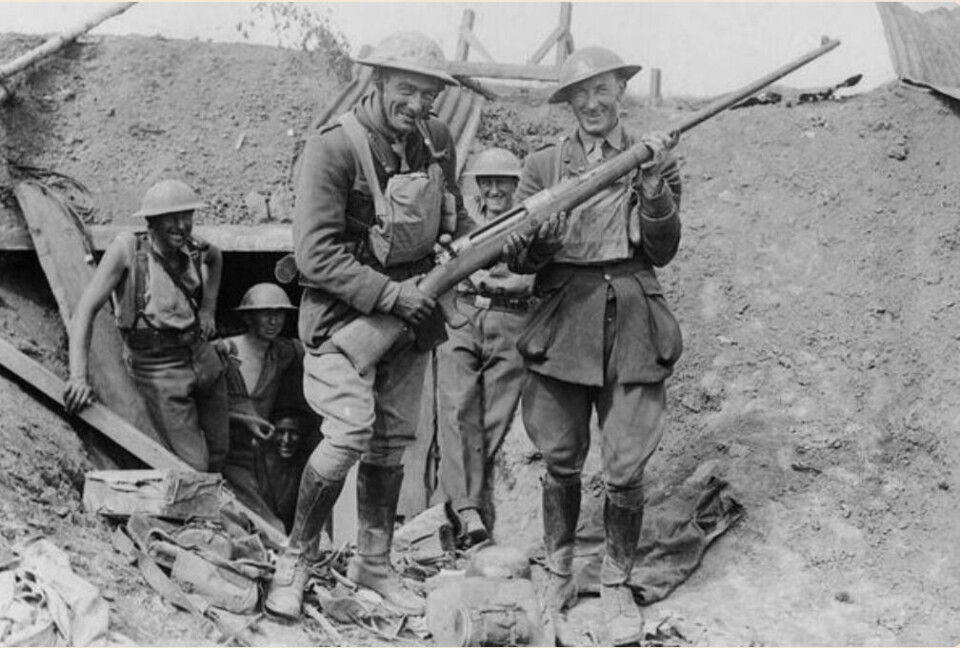-
Snake measuring up to five metres reported in Vendée
It was apparently run over by a car last week but is yet to be found
-
Mercosur trade deal explained: why French farmers are angry and will it pass?
A decisive vote is due on Friday December 19. Unions say if it passes there will be major disruption
-
Mutuelle fees set to increase in France next year: see by how much
New taxes on mutuelle companies denounced by insurance federation
World War One anti-tank gun stored in attic in France to be kept
The German blunderbuss was handed in during last year’s government sponsored weapons amnesty with arms given expected to be destroyed

The giant anti-tank rifle handed in to the gendarmes of the Langres (Haute-Marne, Grand Est) area during a state-initiated campaign to collect illegal weapons at the end of last year is to be kept as a collector’s item rather than destroyed along with the other guns.
During that period (November 25 - December 02), the Haute-Marne police collected a total of 102 rifles plus 22 pistols and revolvers including a German blunderbuss dating from the Great War.
Read also: People in France to be able to register or give up undeclared weapons
The Tankgewehr M1918, as it is called, is a weapon of vast proportions. It weighs 17 kilos and is 1.7 metres long, and needed to be handled by several soldiers. Deployed towards the end of the war, its recoil is colossal.
Without knowing exactly how, this weapon, capable of piercing the armour of the first tanks in history, ended up in a French attic. This first anti-tank gun in history had been forgotten for more than a century.
Normally unregistered weapons handed over to the police are automatically destroyed if they are not promptly registered by their owners, but when news got out about the discovery of the Tankgewehr there was an immediate online campaign to save the mighty rifle, worthy of Indiana Jones, and place it in a museum.
However the owner will be free to keep it if they wish, so long as the weapon is registered but the military museum of Meaux in the Seine-et-Marne area is known to be interested in displaying it.
Read also: Can I import a gun into France from another EU country?
A few facts about the Tankgewehr M1918
Full name: Tank Abwehr Gewehr M1918
The world's first large scale anti-tank rifle, this was also the only Anti-Tank rifle in use during WW1.
It was based on an overgrown Mauser action chambered for a 13.2 x 92mm semi-rimmed bottlenecked cartridge.
The 13.2mm Tank Abwehr Gewehr M1918 (or T-Gewehr) was capable of penetrating around 20 mm of armour at 100 metres and 15 mm at 300 metres.
15,800 were produced at the Waffenfabrik Mauser AG factory at Oberndorf am Neckar, delivery commenced in May 1918.
Early tanks were protected by no more than 12mm of armour plate, as such this was a fairly effective weapon despite being cumbersome at 17.3kg and 1.68m long.
Bullet weight was 795g with a muzzle velocity of 2600 ft/sec, all ammunition was hardened steel core and manufactured at the Polte factory, Magdeburg Germany.
This rifle did not have a muzzle break, but did have a bipod assembly to help support its massive weight.
























